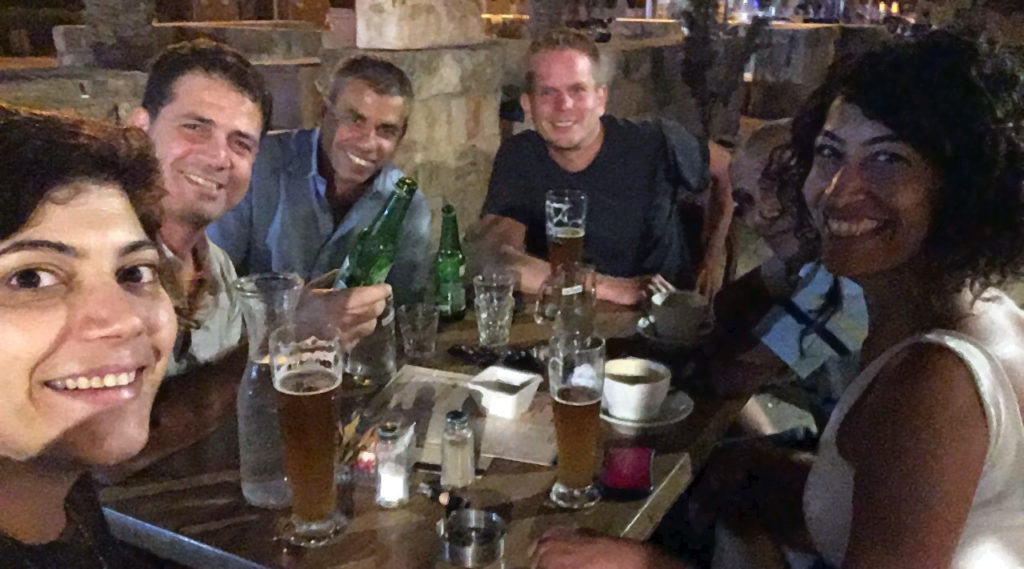Mixed Cities Change Agents Course projects launched
On December 16 a meeting took place in the framework of the mixed cities change agents course, in order to discuss and implement the course graduates’ final projects.
The participants began by sharing personal experiences in the recent period, including the forest fires, political incitement and the street reactions to these. Many shared their feeling of imbalanced presentation of the fires in the media. They voiced their frustration at the way in which politicians had used the opportunity to gain political capital by making of wild and baseless claims and creating incitement. They also discussed the situation in other countries and spoke of their sense of exasperation at events taking place around the world.
Some also found hope in what is happening. They pointed out that the extremity of the situation is giving rise to action. They pointed to the ease with which it is possible to engage the younger generation in a penetrating discussion on difficult issues, and spoke of a general feeling that something is afoot.
The opening session was followed by a workshop by Hira Shalvi of SHATIL, on the subject to practices for change in mixed cities. Included were both the conceptualization and definition of the motives, needs, and steps to consider when planning activities to promote change. Work was conducted in small groups to identify areas of activity.
In the last session we continued to talk about possible courses of action. Questions came up about coordination of initial expectations, about the differing amounts of experience and involvement that the participants had in social action, and specifically about the issue of living together.
Two courses of action arose:
1. The establishment of a local leadership team to promote the needs of residents of Upper Nazareth. It could be interesting to bring the group of community leaders that comes together for a two-day seminar in which the various activities thought up by the group members could be tried and tested.
2. Writing a statement by the joint groups, which we could distribute and use in various ways for different groups.
Pictured: Group participants meet to plan their next steps.

